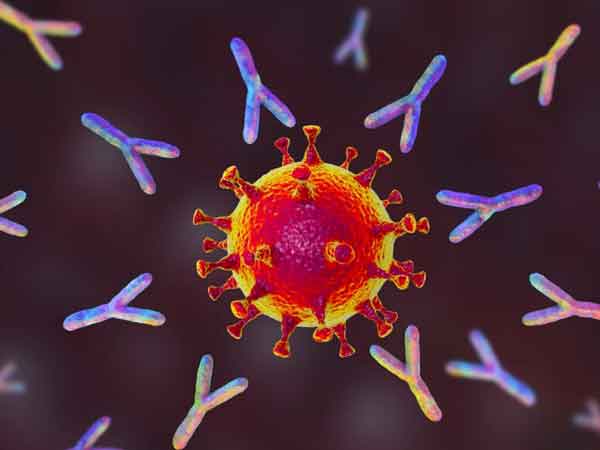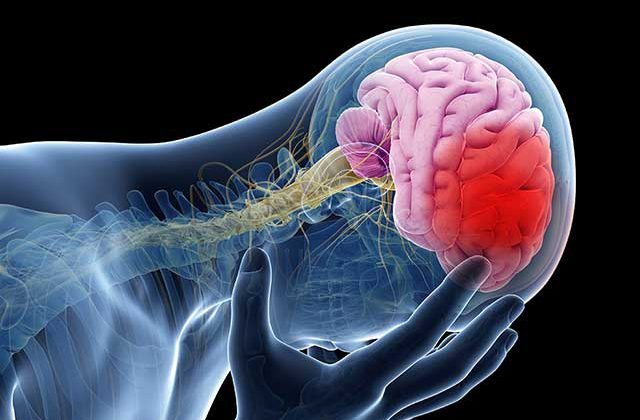New study finds higher rates of newly diagnosed type 2 diabetes after infection with mild COVID-19
New research published in Diabetologia (the journal of the European Association for the Study of Diabetes [EASD]), suggests a possible association between mild COVID-19 cases and subsequently diagnosing type 2 diabetes.
The analysis of health records from 1,171 general and internal medicine practices across Germany conducted by Professor Wolfgang Rathmann and Professor Oliver Kuss from the German Diabetes Center at Heinrich Heine University, Dusseldorf, Germany, and Professor Karel Kostev (IQVIA*, Frankfurt, Germany) found that adults who recover from mostly mild COVID-19 appear to have a significantly higher risk of developing type 2 diabetes than a matched control group who had other types of respiratory infections, which are also frequently caused by viruses.
If confirmed, these results indicate that diabetes screening in individuals after recovery from mild forms of COVID-19 should be recommended, researchers say. This potential link between COVID-19 and diabetes is also being investigated in various ongoing studies, including on the CoviDiab registry** and other studies connected to so called ‘long COVID’.
Previous studies have noted that inflammation caused by SARS-CoV 2 may damage insulin-producing beta cells, causing them to die or change how they work, resulting in acute hyperglycaemia (high blood glucose). Tissues becoming less reactive to insulin due to inflammation in the body is also thought to be a possible cause. Sedentary lifestyles brought on by lockdowns could also be playing a role. This may explain why new-onset hyperglycaemia and insulin resistance have been reported in COVID-19 patients with no prior history of diabetes.
However, it is unclear whether these metabolic changes are temporary or whether individuals with COVID-19 may be at increased risk of developing chronic diabetes. Furthermore, there is a lack of studies investigating the incidence of diabetes after recovery from COVID-19 in mild cases.
To provide more evidence, the researchers analysed electronic health records from the Disease Analyzer database, which included information on 8.8 million adults who visited 1,171 general and internal medicine practices across Germany between March 2020 and January 2021. This included 35,865 patients who were diagnosed with COVID-19. The incidence of diabetes after COVID-19 was compared with a cohort of individuals (average age 43 years; 46% women) who were diagnosed with an acute upper respiratory tract infection (AURI) (but not COVID-19) within the same timeframe, matched for sex, age, health insurance coverage, index month of COVID-19 or AURI diagnoses and comorbidities (obesity, high blood pressure, high cholesterol, heart attack, stroke). Regression models were used to calculate incidence rate ratios (IRRs) for type 2 diabetes and other forms of diabetes.
Individuals with a history of COVID-19 or diabetes, and those using corticosteroids within 30 days after the index dates were excluded. During an average follow-up of 119 days for COVID-19 and 161 days for AURI, the numbers of hospitalisations were similar in both groups (COVID-19: 3.2% vs controls: 3.1%; median number of hospital stays: 1 in both cohorts).
The researchers found that new cases of type 2 diabetes were more common in patients who tested positive for COVID-19 than those with an AURI (15.8 vs 12.3 per 1000 people per year) giving an incidence rate ratio (IRR) of 1.28. In simple terms, this means that the relative risk of developing type 2 diabetes in the COVID group was 28% higher than in the AURI group. The IRR for the COVID group was not increased in other unspecified forms of diabetes.
“COVID-19 infection may lead to diabetes by upregulation of the immune system after remission, which may induce pancreatic beta cell dysfunction and insulin resistance, or patients may have been at risk for developing diabetes due to having obesity or prediabetes, and the stress COVID-19 put on their bodies speeded it up”, says lead author Professor Wolfgang Rathmann. “The risk of abnormally high blood sugar in individuals with COVID-19 is most likely a continuum, depending on risk factors such as injury to beta cells, an exaggerated inflammatory response, and changes in pandemic-related weight gain and decreased physical activity”, adds co-author Professor Oliver Kuss.
Prof Rathmann adds: “Since the COVID-19 patients were only followed for about three months, further follow-up is needed to understand whether type 2 diabetes after mild COVID-19 is just temporary and can be reversed after they have fully recovered, or whether it leads to a chronic condition.”
Although type 2 diabetes is not likely to be a problem for the vast majority of people who have mild COVID-19, the authors recommend that anyone who has recovered from COVID-19 be aware of the warning signs and symptoms such as fatigue, frequent urination, and increased thirst, and seek treatment right away.
The authors note some limitations to their study, including that limited information on hospitalisations and individuals diagnosed with COVID-19 outside of general practice (e.g. in hospitals or at COVID-19 test centres) may limit the accuracy of the results. Similarly, they were unable to control for body mass index because the data were not available and the incidence of type 1 diabetes was not investigated due to the small number of cases. Finally, they note that their findings might not be generalisable to other populations.
Source: Diabetologia





